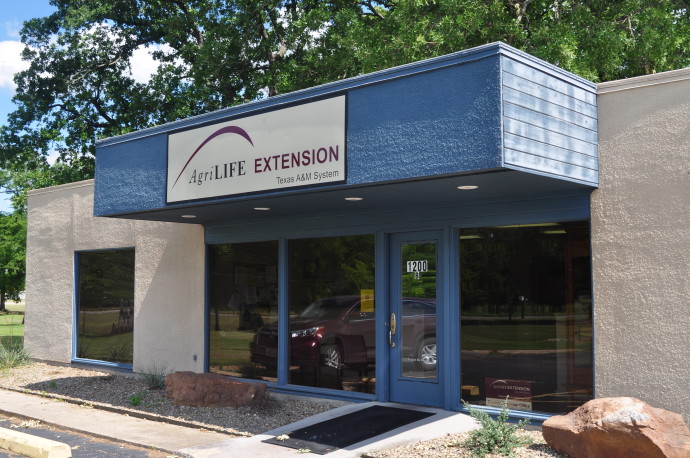 As I started mowing more often and visiting sites around Hopkins County, the Blackberry weed has lately come into conversation often. Blackberries are plants that can be friends or foe depending of the intensity of the numbers of plants and purpose of the land. Some people might welcome them while others might have issues having them in their property.
As I started mowing more often and visiting sites around Hopkins County, the Blackberry weed has lately come into conversation often. Blackberries are plants that can be friends or foe depending of the intensity of the numbers of plants and purpose of the land. Some people might welcome them while others might have issues having them in their property.
According to work done by the Noble Foundation in Oklahoma , Blackberry (Rubus sp.) are native (usually) woody shrubs or brambles. Blackberry is a warm-season perennial shrub with upright, arching stems. The stems are armed with many sharp thorns or prickles. Blackberry blooms from early spring through early summer with five-petalled, showy white flowers. The fruit consists of an aggregation of drupelets that change from red to black when mature.
The fruit is a favorite ingredient in jellies, pies and cobblers, so it may be a desirable plant in some situations. If wildlife management is a primary goal, the fruit is a valuable food source for many wildlife species. The thickets can provide good cover for some species, so maintaining blackberry as part of a diverse plant community can be beneficial.
If livestock or forage production is the primary goal, then blackberry is detrimental due to reduced forage production and limited access to the forage that is produced. The stout blackberry prickles may also cause injury and subsequent infection to livestock traversing or attempting to utilize forage in infested pastures.
Blackberries can be controlled with prescribed fire, mowing when terrain and surrounding tree and brush species permit, Intensive stocking with browsing species, such as goats, or chemical control. There are several herbicides labeled for blackberry control or suppression. Due to blackberry plants’ extensive root systems and ability to resprout from secondary buds, more than one application is often necessary to obtain satisfactory control.
The preferred application method is a high-volume foliar treatment of individual plants or thickets. Apply 0.25% to 0.5% triclopyr or 1.0% to 2.0% triclopyr and fluroxypyr premix in enough volume to obtain thorough coverage of the foliage and stems. Include 0.25% to 0.5% high-quality, non-ionic surfactant in the mix. Apply during the full bloom stage in late spring through the berry drop stage in the fall. Do not apply during periods of stress from drought, frosts, heavy insect damage, etc. Do not apply treatments within 12 months of mowing or burning of the blackberries because control is significantly reduced.
Another high-volume foliar treatment reported by some researchers to have better activity on blackberry is applying a mix of 1 ounce metsulfuron-methyl per 100 gallons with 0.25% to 0.5% high-quality, non-ionic surfactant. Thorough coverage, up to the point of runoff, of all foliage and stems, is often necessary. For more information on this or any other agricultural topic please contact the Hopkins County Extension Office at 903-885-3443 or email me at [email protected].
Coming UP!
- Basic Vegetable Gardening, April 24, 2018, 7:00 PM. Cost $10 at the door. Hopkins County Extension Office
- Hopkins County Master Gardeners Annual Plant Swap. April 28, 2018. Bright Star Veterinary Clinic Parking lot. 9:00 to Noon.

Mario Villarino DVM, Ph.D.
Hopkins County Extension Agent for Ag and NR
1200B Houston Street
Sulphur Springs, Texas 75482
903-885-3443





